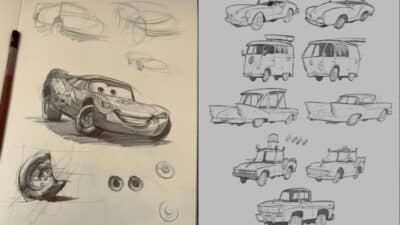One-line drawing is a simple but creative art form where the artist creates images using just one continuous line. It’s great for people who want to explore drawing without worrying about details or erasing mistakes. One-line drawing ideas help artists practice creativity and develop their skills by using simple shapes and smooth, flowing lines.
This style works well for beginners and experts alike because it focuses on expression rather than perfection. From animals to nature scenes, one-line drawings can be playful or elegant, making them fun to try again and again. It encourages artists to see familiar objects in a new, fresh way.
Trying these ideas can boost confidence and make drawing feel less like a chore. Whether someone wants quick sketches or thoughtful art, one-line drawing is a flexible and enjoyable option for everyone.
Getting Started With One-Line Drawings
One-line drawings require simple tools but a clear hand. Learning basic techniques helps keep the line flowing smoothly. Avoiding common errors will improve the look and make the process more enjoyable.
Essential Tools and Materials
The main tool is a pen or pencil that flows easily. Many artists prefer a fine-tip black pen because it creates clean, consistent lines. Paper should be smooth to let the pen glide without stops or scratches.
A sketchbook or loose sheets work well for practice. Some choose thicker paper to prevent ink bleed. Although some use digital tablets, beginners often find traditional paper easier for getting control over the line.
A good eraser helps, but since many prefer not to lift the pen, practicing without erasing is common. If color is desired, simple markers or watercolors can add touches after the drawing is done.
Basic Techniques and Tips
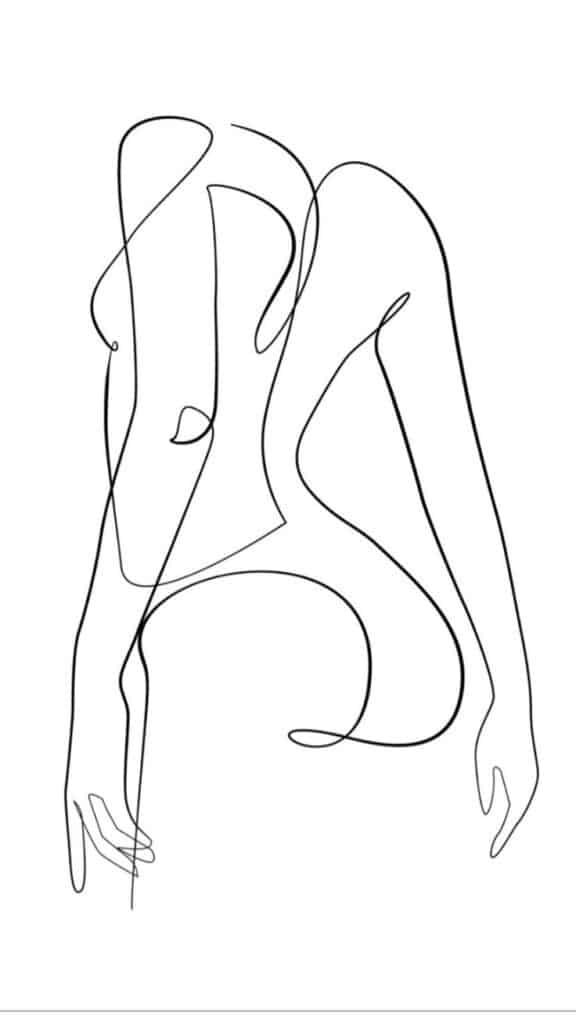

One-line drawing means never lifting the pen from the paper until the drawing is complete. This makes planning important to ensure the line moves without interruption. Starting with simple shapes like circles or squares helps build confidence.

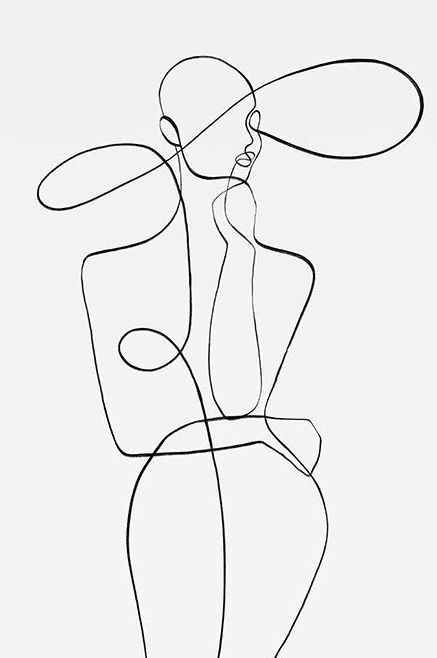
Keeping a steady hand and moving the whole arm rather than just the wrist creates smoother lines. It helps to breathe calmly and work slowly at first. Observing the subject carefully guides the line’s path.
Using light pressure in the beginning can avoid unwanted thick spots. Varying line thickness by pressing harder or softer adds interest. Negative space, or the area around the drawing, also shapes the overall image.
Common Mistakes to Avoid
Starting with complicated designs can cause frustration. It’s better to pick easy subjects like flowers, faces, or animals first. Trying to correct mistakes by retracing or lifting the pen breaks the one-line flow and looks messy.
Holding the pen too tightly makes lines shaky and tired. Relaxing the grip allows better control. Rushing the drawing often results in uneven lines and unclear images.
Not paying attention to the starting point can cause the line to end awkwardly. Planning the route before drawing helps make the image complete and balanced. Lastly, ignoring spacing can crowd or stretch parts, so keeping an even distance matters.
Popular One-Line Drawing Ideas
One-line drawings can capture many subjects with a single continuous stroke. Artists often focus on simple shapes that still express clear details and emotions. These drawings work well with faces, animals, plants, and everyday items by using minimal lines to show form and movement.
Faces and Portraits
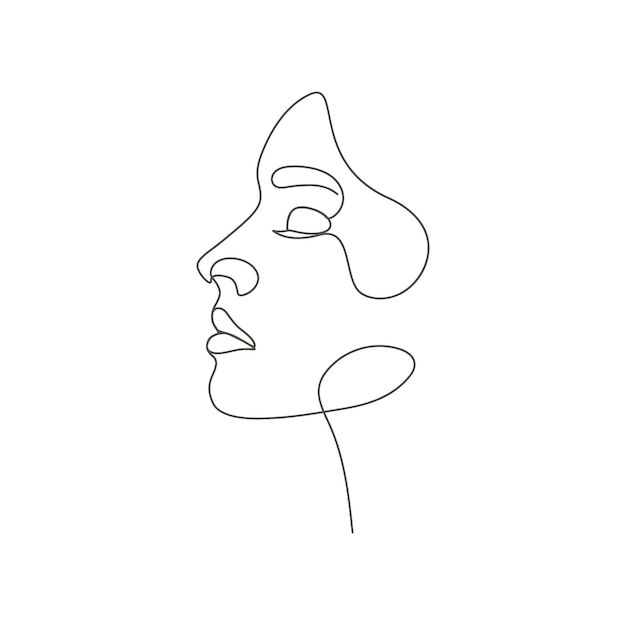
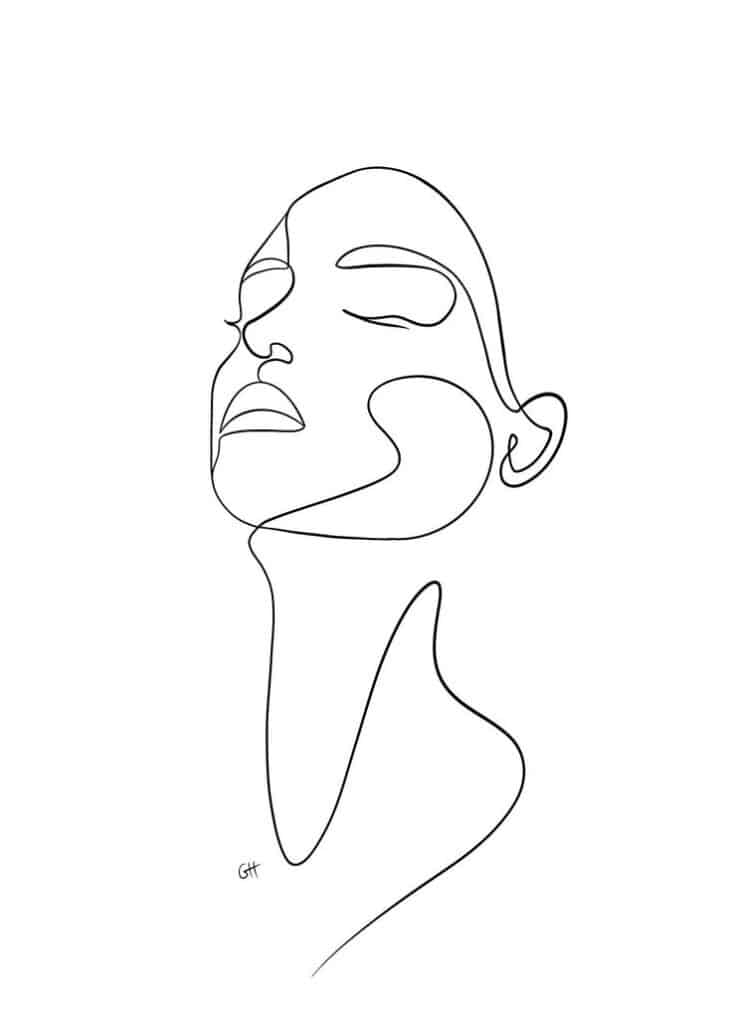
Faces are a common choice for one-line drawings because they show strong emotions with just a few lines. Artists trace the outline of the face, eyes, nose, and mouth without lifting their pen. This creates flowing, connected shapes.
The challenge is to keep facial features recognizable while using as few lines as possible. Some artists add small curves or loops to suggest hair or expression. This style often results in elegant and modern portraits that feel alive despite their simplicity.
Animals and Pets
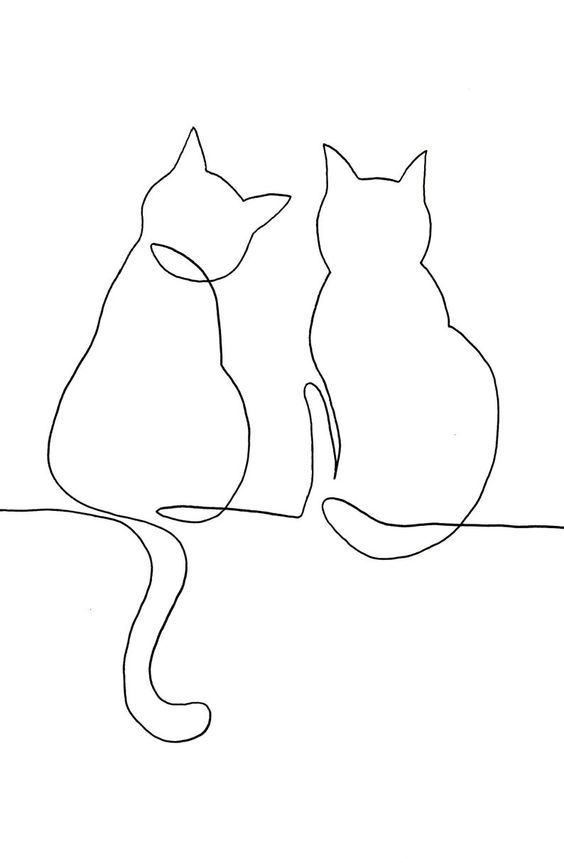
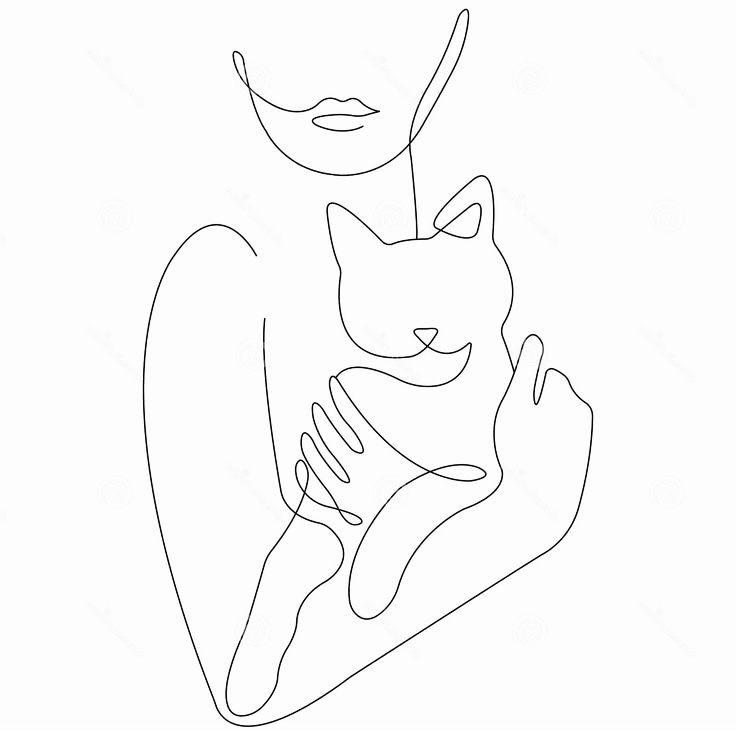
Many artists draw animals with one line by focusing on their most distinct shapes, like the curve of a cat’s back or a dog’s wagging tail. This approach captures an animal’s movement or personality.
Popular subjects include dogs, cats, birds, and fish. Artists often add playful details such as whiskers or fur texture using small loops within the continuous line. These drawings can look both simple and lively.
Botanical Elements
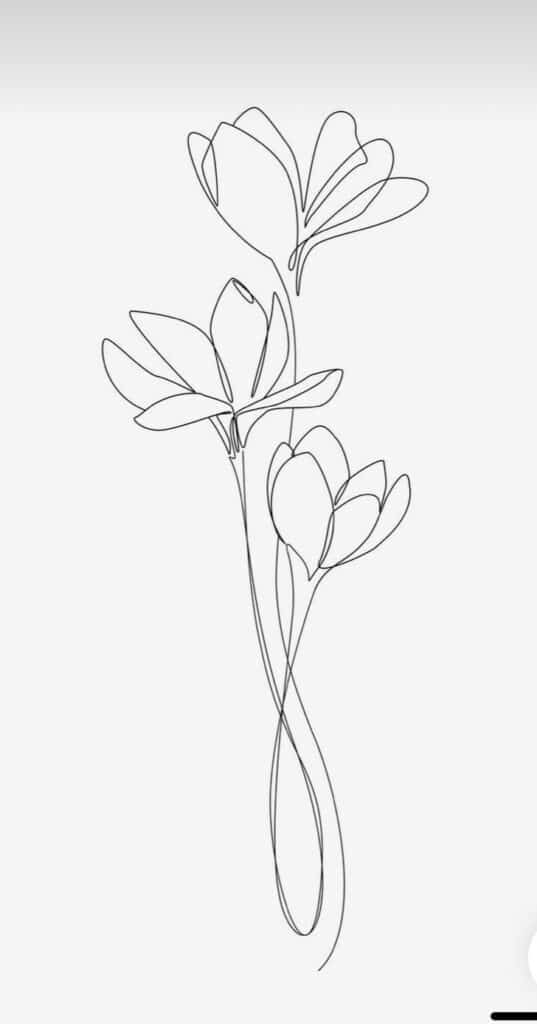
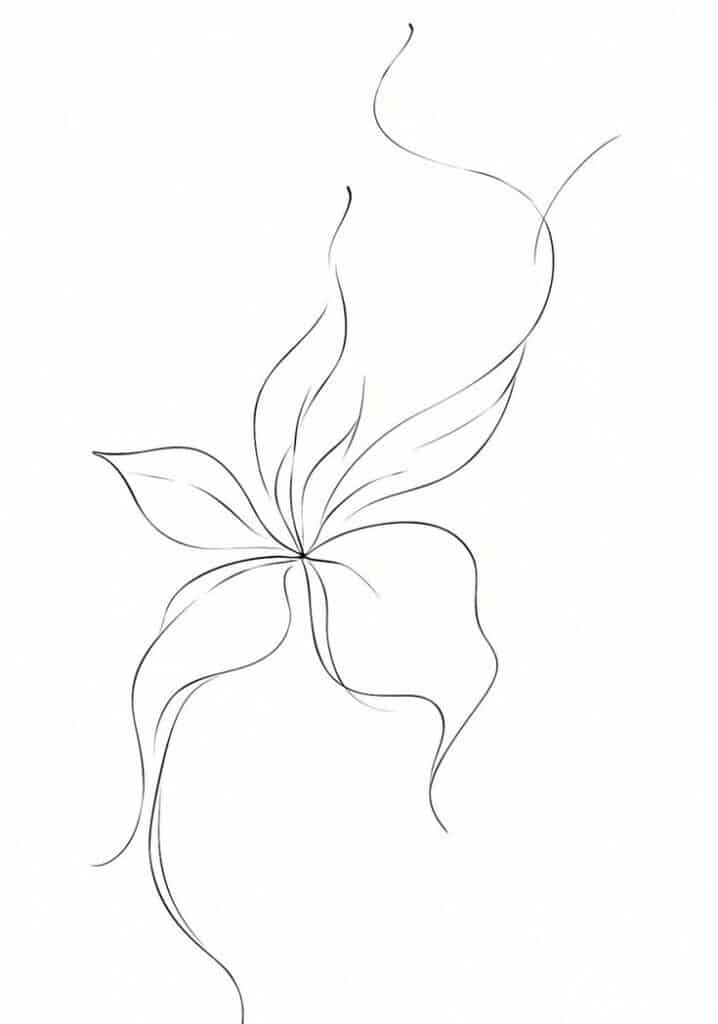
Plants and flowers work well for one-line art because their structures are often repetitive but graceful. Artists might trace the stem, leaves, and petals in a flowing shape.
Leaves and flowers like roses, tulips, and ferns are popular. One-line drawings highlight natural curves and shapes, giving a fresh and organic look. This style can suit both delicate floral sketches and bolder botanical designs.
Everyday Objects
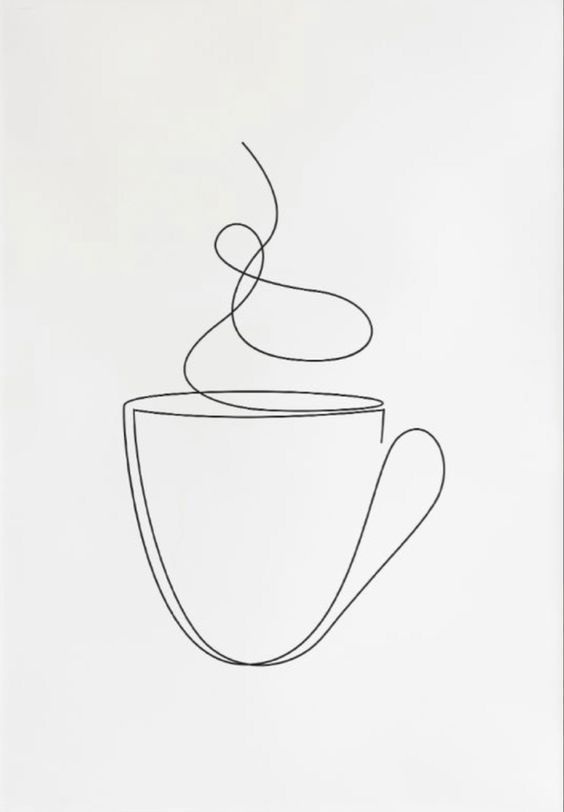
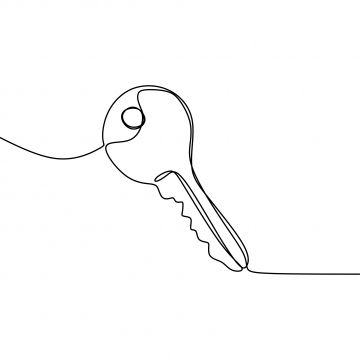
Everyday items are great for one-line drawing because they are familiar and easy to simplify. Common examples include cups, glasses, keys, or scissors.
Artists focus on the basic outline and key details, like the curve of a cup handle or the teeth of a key. This style keeps drawings clear but interesting, turning simple objects into creative art. It’s perfect for beginners wanting quick but stylish projects.
Creative One-Line Concepts
One-line drawings can explore many themes, from simple forms to complex objects. Focus on clear shapes and smooth connections between lines to keep the image flowing without breaks.
Abstract Shapes
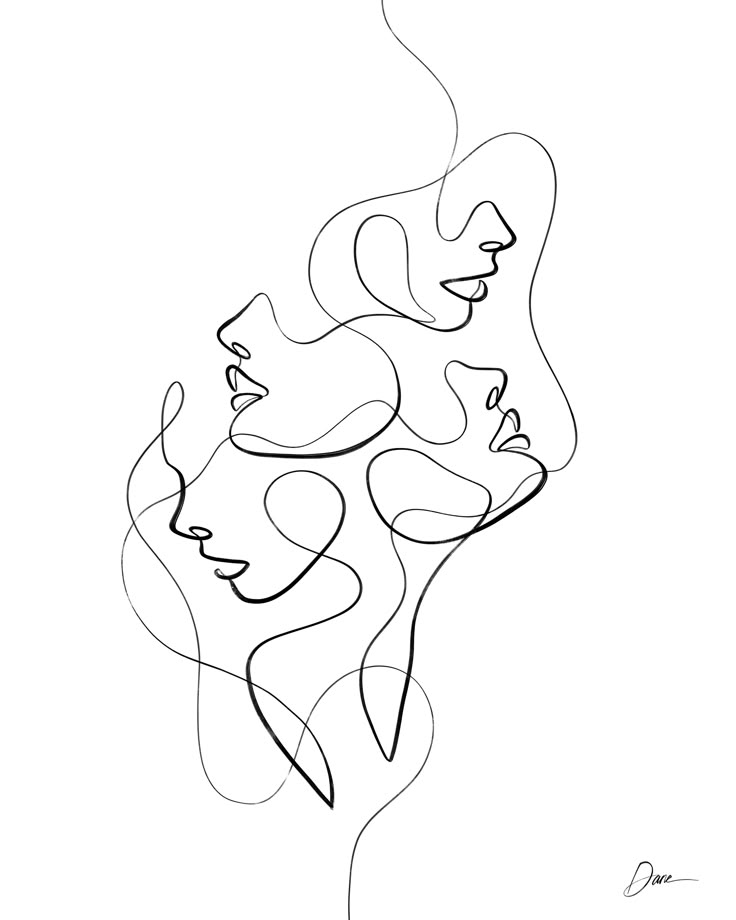
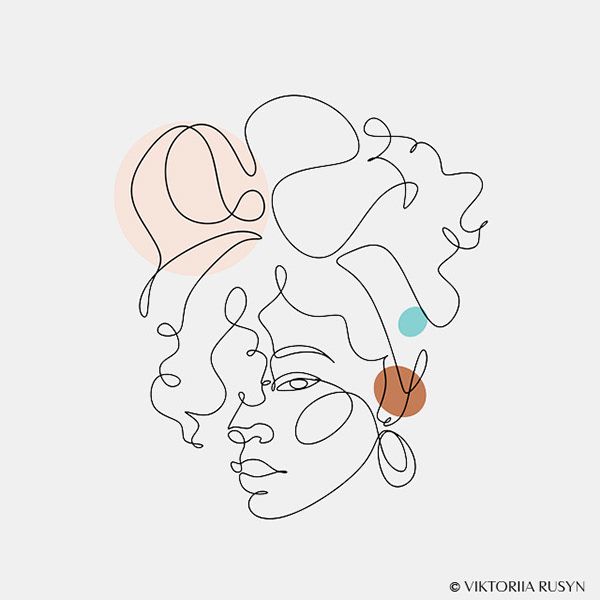
Abstract shapes in one-line drawing let artists play with form and balance. The lines loop and twist, making unique patterns that feel both planned and spontaneous. These shapes do not represent specific objects, so the artist can create freely.
Using bold, sweeping curves alongside tight, jagged lines adds variety. The challenge is to keep the drawing recognizable as a single line while giving it energy and movement. Abstract shapes can also help develop hand control and creativity.
City Skylines


City skylines work well for one-line art because their edges and contours are easy to simplify. Artists trace the silhouette of buildings, bridges, and towers without lifting the pencil. This captures the city’s vibe in a clean, modern style.
It helps to focus on iconic features, like the tallest tower or a unique roof shape, to make the skyline identifiable. Different line weights might highlight specific parts, but the line must stay unbroken from start to finish.
Continuous Human Figures
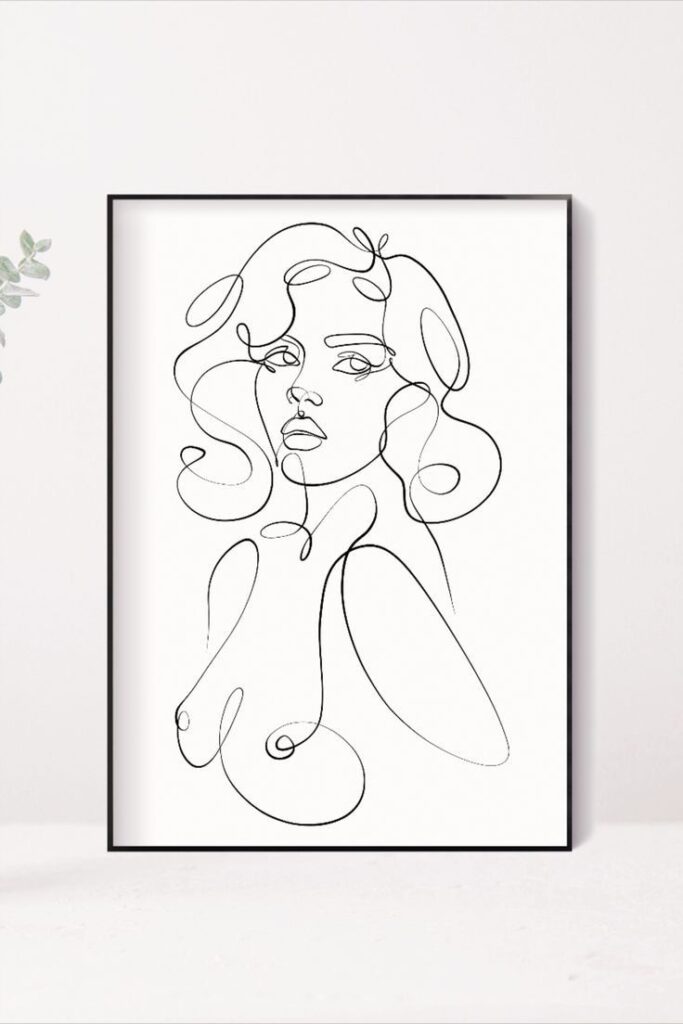
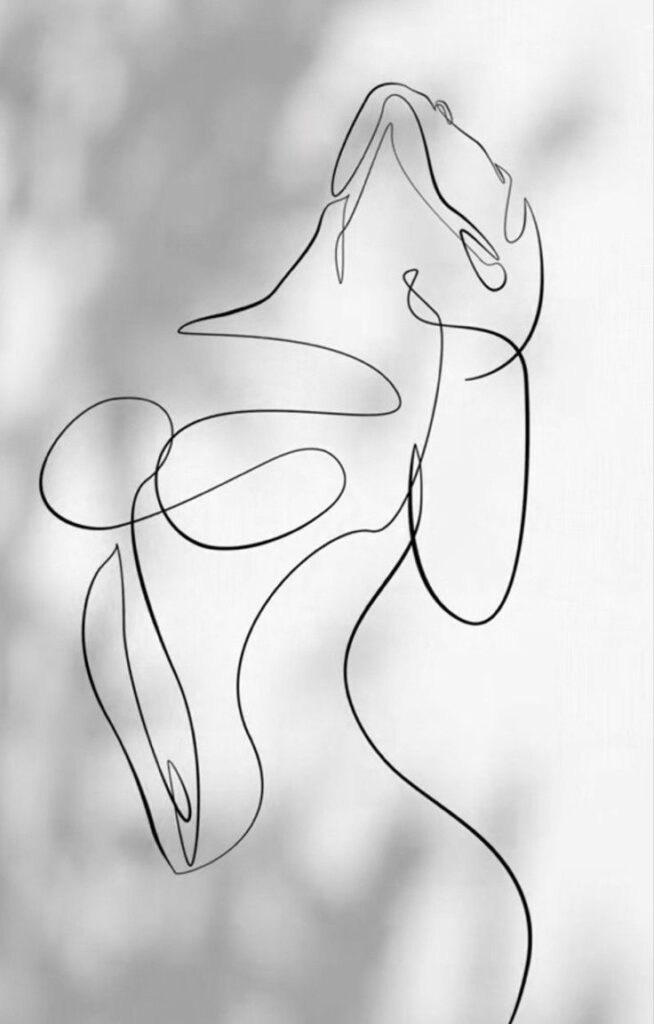
Drawing human figures with one line requires skill in showing form and posture with minimal detail. The artist follows the body’s outline, emphasizing curves like shoulders, arms, and legs.
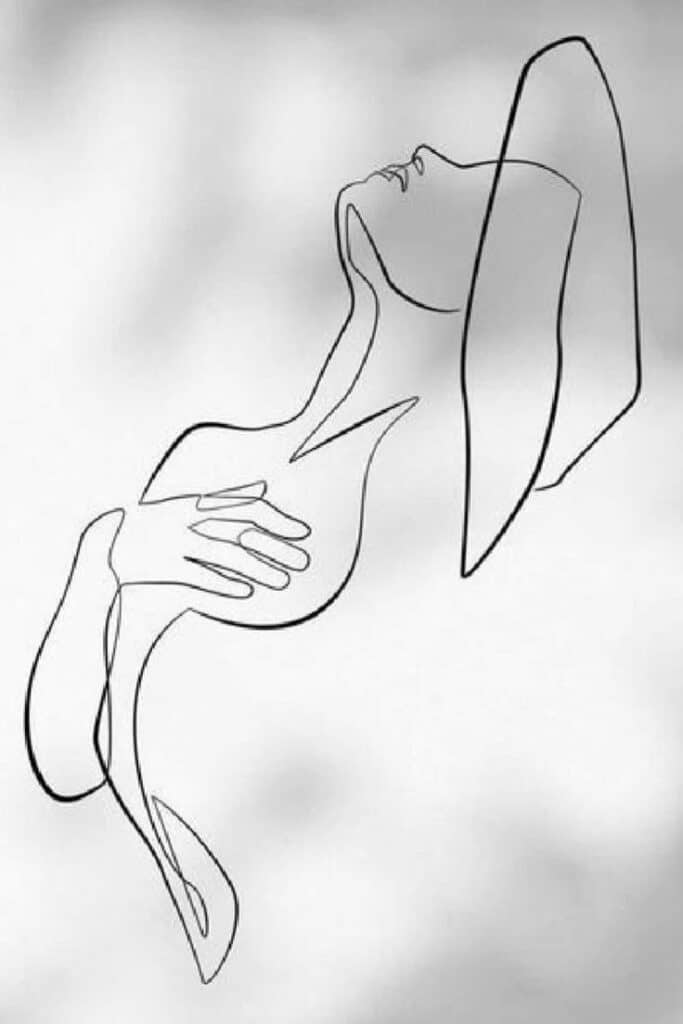
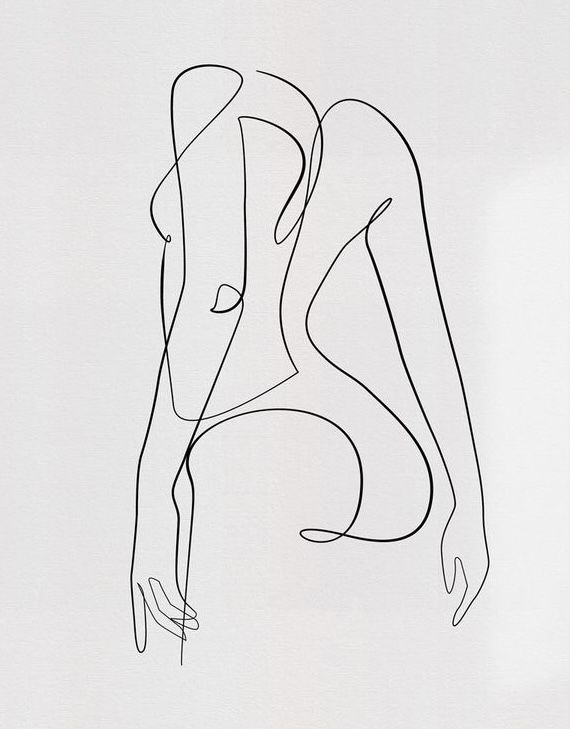
Faces and hands may be hinted at with small loops or lines. Despite the simplicity, these drawings can express emotion and movement well. This style works great for practicing gesture and flow in figures while keeping the art simple.
Incorporating Color and Shading
Adding color and shading can bring one-line drawings to life. It helps create depth and focus without overwhelming the clean lines. Using color carefully or building layers of shading can enhance the image’s form and mood.
Simple Color Accents
Using small touches of color highlights parts of the drawing while keeping it minimal. Artists often pick one or two colors to add to key areas like eyes, leaves, or fruits.
This technique keeps the design clean but adds visual interest. It’s best to use colored pencils, markers, or digital tools to create smooth, even patches of color.
Adding color in small spots draws attention where it’s needed most. It also keeps the focus on the shape made by the single line. This makes the overall image eye-catching without losing its simplicity.
Layering Techniques
Layering shading creates depth by gradually building up tone. Artists use light lines or hatching to show shadows and form.
They can add multiple layers with pencils or pens, changing pressure or angle to vary the darkness. This step-by-step shading helps objects feel three-dimensional while staying true to the minimalist style.
Using layers also lets artists control light and shadow carefully. They can emphasize curves, edges, or textures, which enhances the drawing’s realism without adding extra lines.
| Tip | Effect |
|---|---|
| Light hatching | Adds subtle shading |
| Multiple layers | Creates depth and dimension |
| Varying pressure | Controls shading intensity |
Layered shading complements the simplicity of one-line art by adding form and mood subtly.
Displaying and Sharing Your One-Line Drawings
Showing one-line drawings well can make them stand out. Whether framing for a wall or sharing online, small choices affect how the art looks and connects with others.
Framing and Presentation Ideas
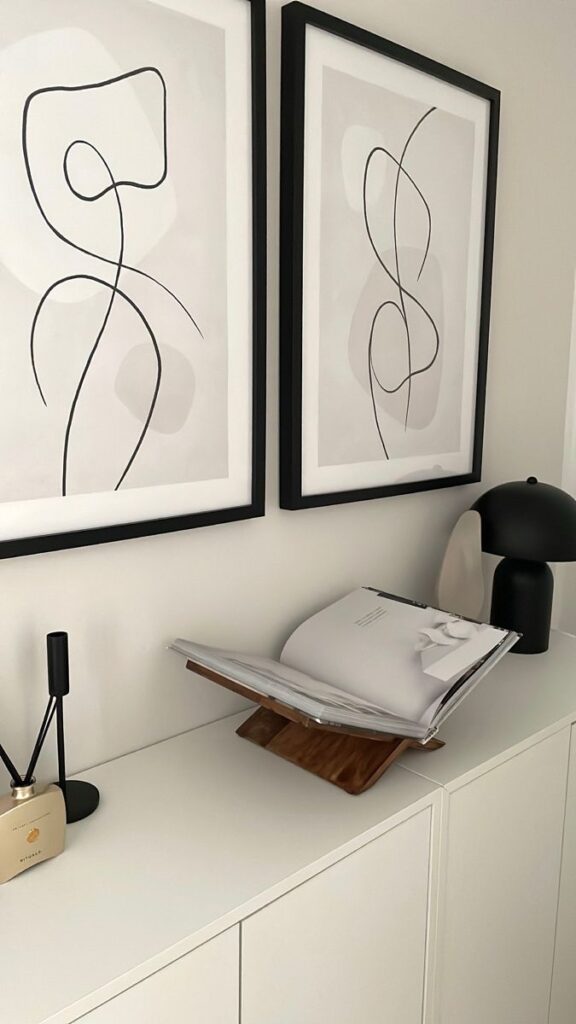
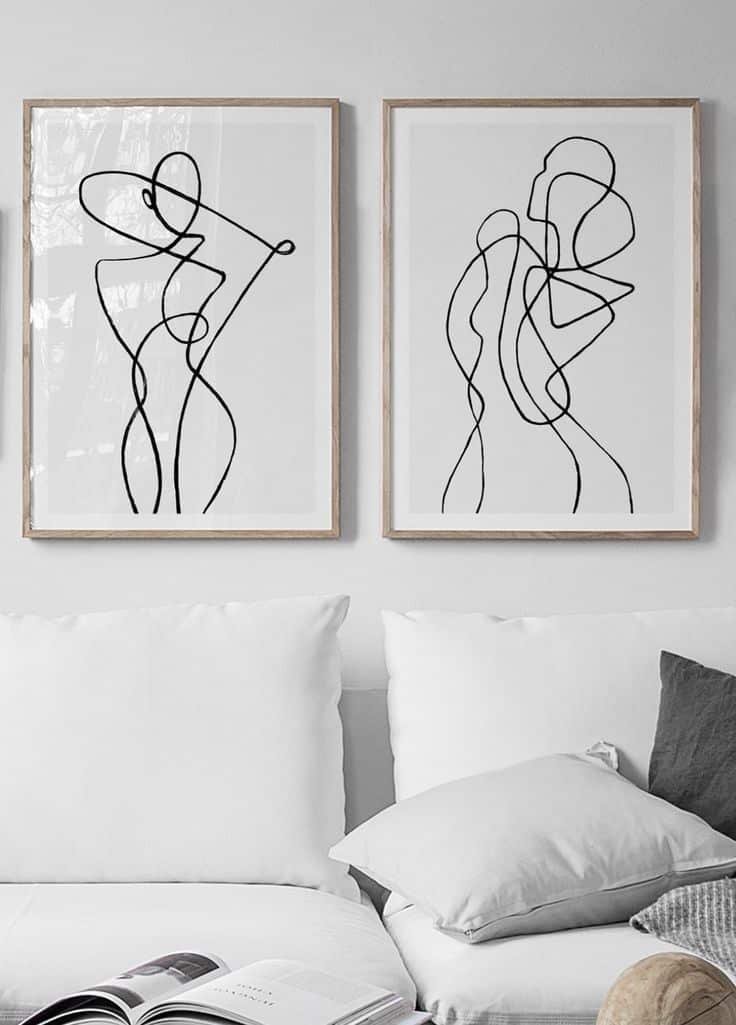
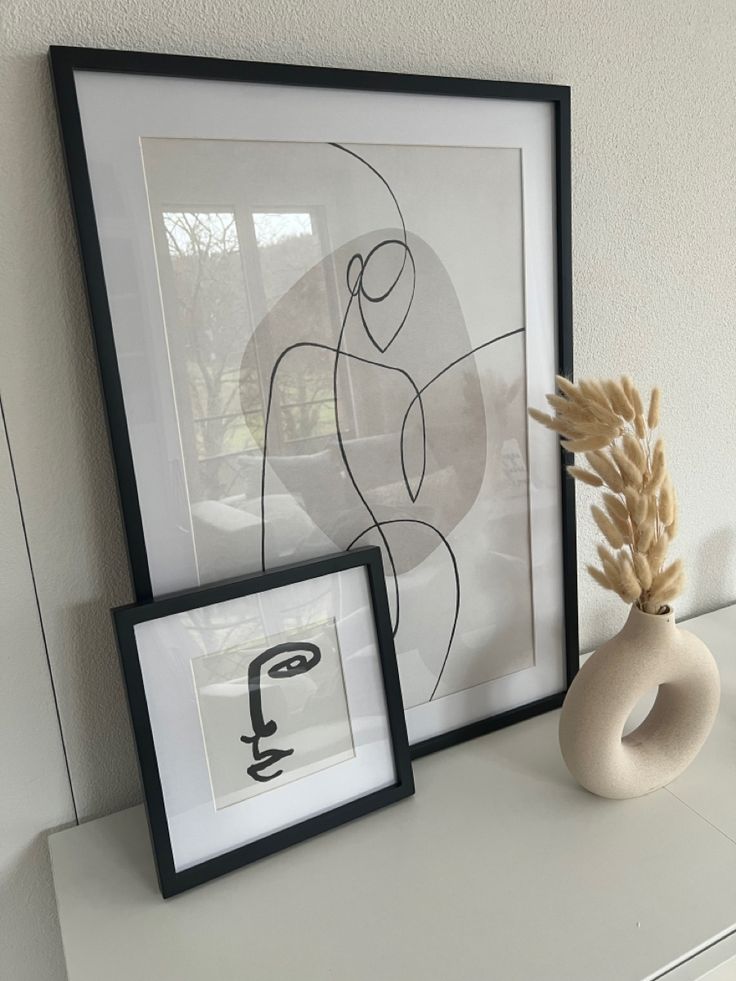
Framing one-line art needs simple, clean styles. Thin black or white frames work best because they don’t distract from the delicate lines. Matting helps give space around the drawing, making it easier to see details.
Paper choice matters too. Using smooth, heavyweight paper adds quality and protects the drawing. Glass or acrylic covers prevent dust and damage but avoid glare by choosing anti-reflective options.
Placing drawings at eye level or grouping several artworks together creates a strong display. Lighting is key — soft, focused light highlights the lines without harsh shadows. This makes the minimalist style pop.
Digital Sharing Tips
Sharing one-line drawings online works best with clear, high-quality photos or scans. Natural light reduces glare and shows true line color. A plain background keeps attention on the art.
Editing tools can improve contrast and brightness but keep changes minimal to maintain the original look. Using hashtags like #onelinedrawing or #minimalart helps find a supportive community.
Posting in galleries or art groups invites feedback and connects the artist with others. Creating a consistent style or series encourages followers to keep watching for new drawings.
- 261shares
- Facebook0
- Pinterest260
- Twitter1

